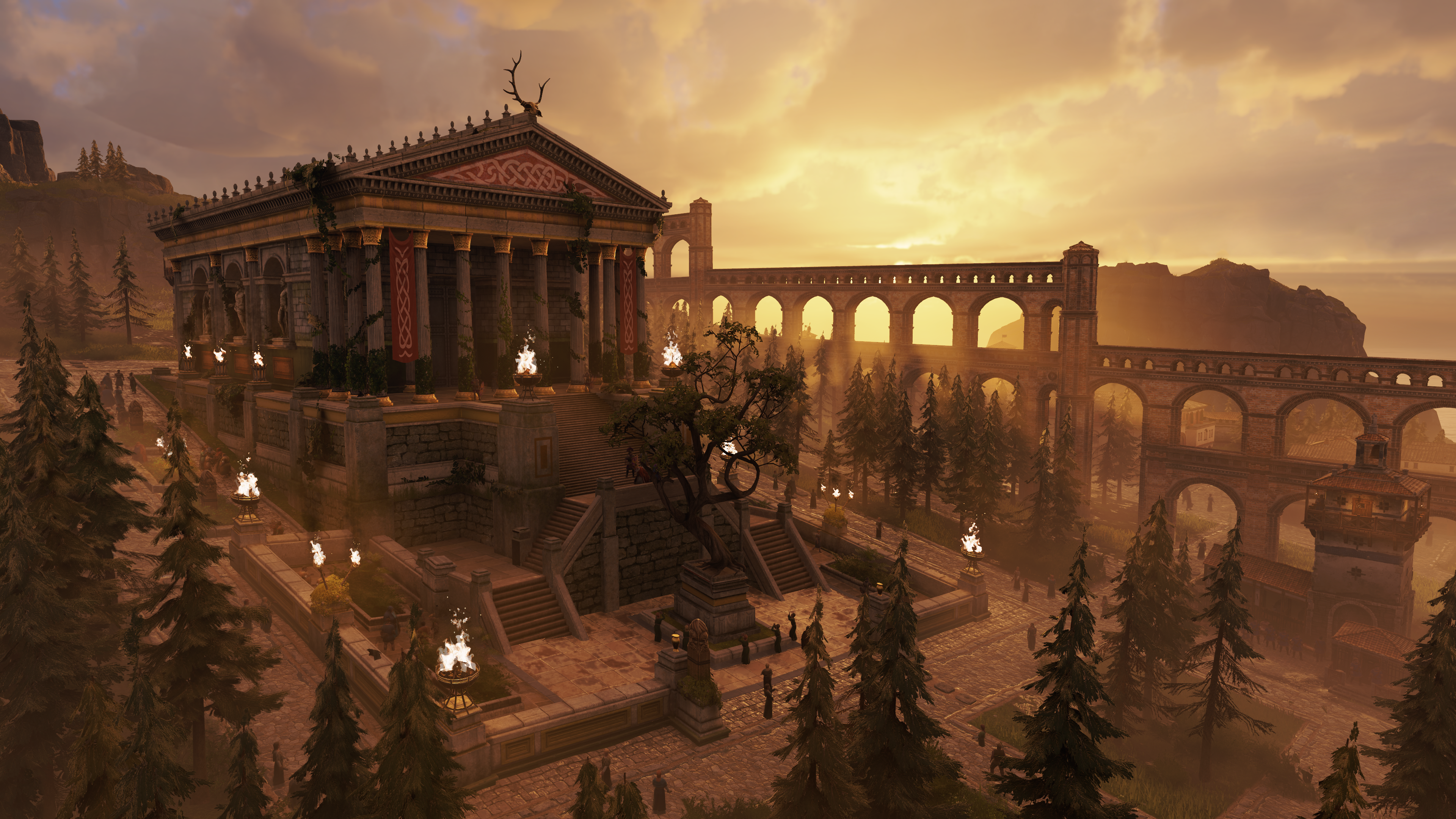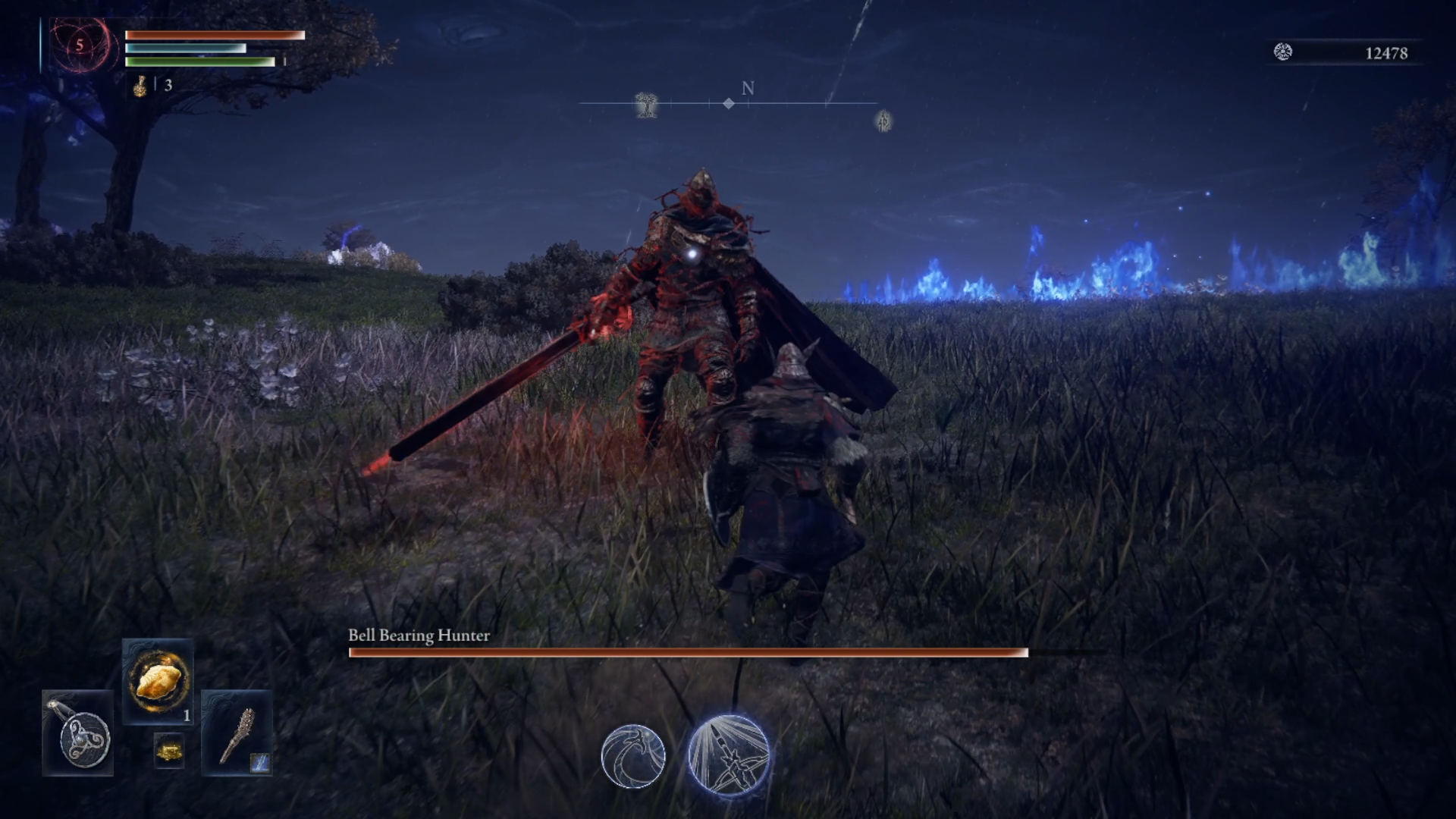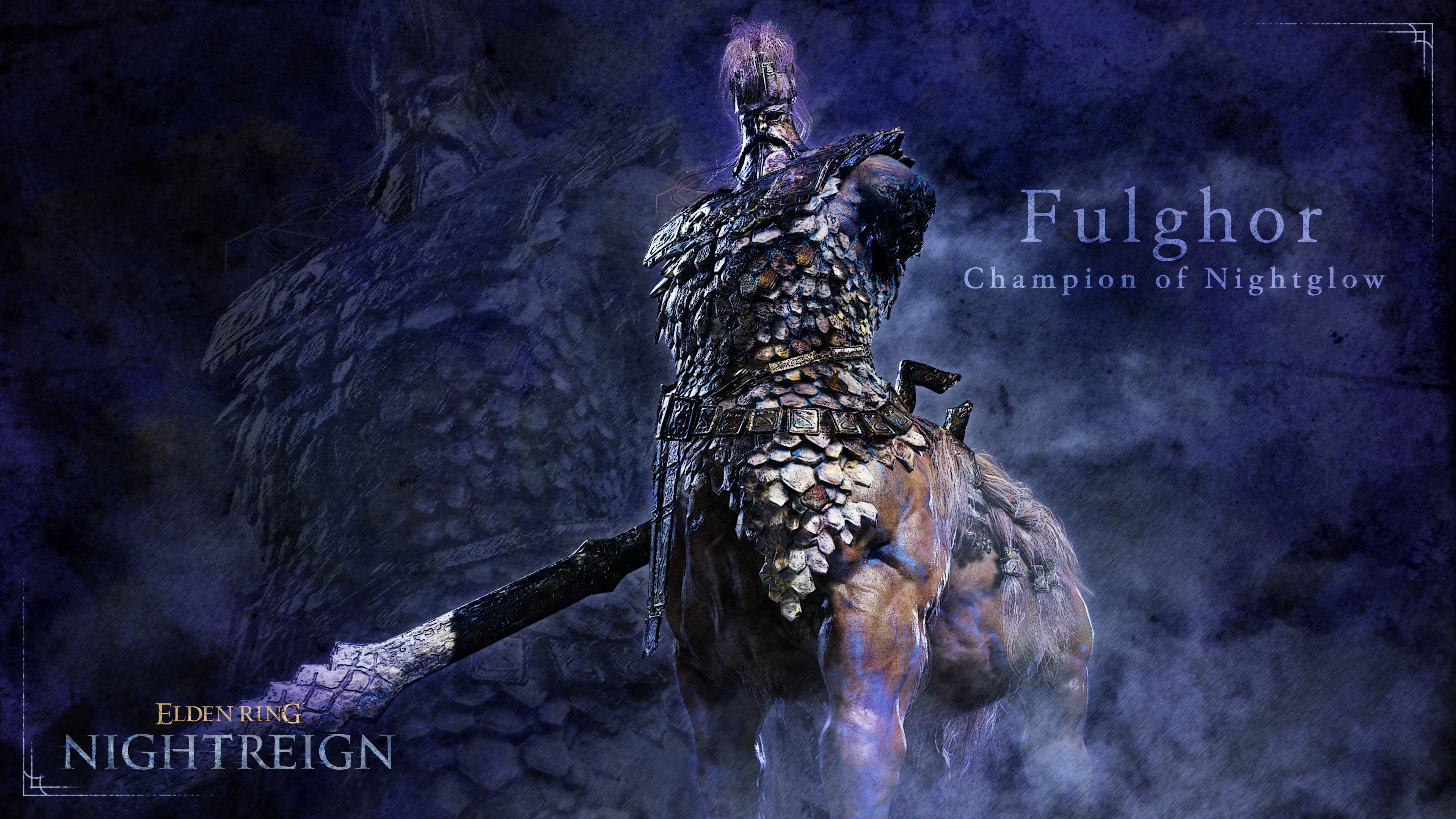
My first hands-on with Anno 117: Pax Romana left me excited for Ubisoft Mainz' latest take on the city-builder, which tasks players with founding a thriving metropolis within the Roman Empire. But I wouldn't necessarily say I was intrigued by it. The studio made significant strides in its game design with 2018's industrial revolution-focussed Anno 1800, and 117 felt wary of rocking the boat in the wake of 1800’s success.
While Pax Romana demonstrated some interesting ideas, like enabling production buildings to affect the mood and prosperity of nearby structures, forcing you to think more carefully about your city's layout, it otherwise felt a little safe, a little familiar. That isn't necessarily a huge problem—getting to build Roman cities with 1800’s core systems was enough of a hook, and I would merrily play that game. But I was nonetheless left wondering whether stepping deeper into the past would inhibit Ubisoft Mainz from carrying the city-builder forward.
Then again, I'd only seen half of the game. That initial preview session focussed on constructing a city in the province of Latium, one of two provinces you'll be able to manage in Anno 117's nebulous, historically unmoored representation of Rome. All lush green hills, lavender fields, and terracotta rooftops, Latium offers everything you'd expect from a city-builder set in the Roman Empire, and perhaps because of that, it doesn't feel especially surprising.
By comparison, my more recent play session let players choose between Latium and Albion. Anno 117's second province is drastically different from Latium's Mediterranean paradise, and where Anno 117 has the chance to stand out from other games that depict the legacy of Rome.
What's immediately interesting is that you can start the game in either province, establishing yourself there before expanding to the other province later. This is a big change from Anno 1800, where you always started in the European-themed Old World before establishing colonies in the tropical New World, exporting exotic goods like cacao and bananas for your industrialised hoi-polloi to enjoy at home.
How this starting choice will affect the structure of trade between Anno 117's two provinces isn't wholly clear. Yet what is clear is that building a city in Albion feels substantially different from constructing one in Latium.
For starters, Albion looks and fields a world away from Latium. Where Latium's undulating landscape is vividly green and inviting, Albion is wild, weird, and wet. Its landscape is all brownish scrub, dark evergreen forests, and glistening marshland wracked constantly by wind and rain. Imagined from the perspective of a Roman soldier, it feels appropriately alien, the last place any Centurion who marched out of Italy would want to end up (then again, as someone who lives in Scotland and begins to melt in any temperature above 18 degrees Celsius, it feels fondly like home.)
Establishing a settlement remains roughly the same between the two provinces. Your basic construction material is still timber, sourced by placing logging camps in forests, then transporting those logs to nearby woodcutters to be fashioned into building materials. Roads still start out as simple dirt paths, and all production buildings require a nearby warehouse to efficiently transport goods around your settlement.
Likewise, the economic fundamentals are also the same. Basic income is generated by houses, but only when you meet the needs and desires of the class of citizen who lives in that dwelling. Once you meet all those needs, you can then upgrade the building to house a higher class of citizen. This generates more income, but involves fulfilling more complex needs that require exponentially more elaborate production chains.
In a new addition to Anno 117, you can also boost a house's income (and other stats like 'happiness' and 'health'), by placing certain production buildings within your residential areas. Building a tunic spinner among your dwellings, for example, provides +1 income for every home inside the spinner's radius. Other buildings, like charcoal burners, can have a negative impact on these stats, so you want to keep those distanced from your core settlement. The intent is to fold in extra strategy and reward more thoughtful city-planning, and from my experience with both sides of the game, it works.
Yet while the underlying systems are the same, the actual production chains vary significantly from those of Latium. Your lowest class of citizen, which in Albion are named 'Waders', subsist on a diet of cockles and eels dredged from the abundant waters around you. Your second-tier building material isn't roman brick but wattle-and-daub, created by mixing mud with dried cattail reeds.
Many of these resources are harvested from an environment that you don't see in Latium at all—the marshes. Far more than a thematic affectation in Albion, its wetlands are a crucial part of Celtic civilisation. Many Celtic buildings can be constructed on the marsh itself, and some of them—like reed farms and cattle pens—can only be built within the fens, erected on wooden poles driven into the mud, and strung together with creaking networks of boardwalks.
While these buildings afford a distinguishing flavour to Albion, curiously, it’s the boardwalks that make the most difference mechanically. These are constructed in the same way as roads; by dragging them across the landscape with your mouse. Yet where roads simply cost coin to build, boardwalks require timber. Since every major structure requires timber at the outset, this means you have a much higher initial demand for building materials Albion than you do in Latium, which makes getting your settlement up and running slightly more challenging.
Alongside this greater resource pressure, the boardwalks cause several other complications. Like regular buildings, marshland structures require access to a warehouse, further increasing your timber cost. Moreover, many wetland-specific production buildings need plenty of additional space for reed crops and cattle paddies, which can easily encroach upon one another and reduce productivity. Consequently, laying out the boardwalks to maximise space without obliterating your wood supply makes for an unexpectedly challenging spatial puzzle.
What results, even at this early stage, is a highly distinctive settlement, a semi-aquatic village with one foot soaked in prehistory. Where Albion truly begins to fascinate, however, is what happens when you start upgrading these basic buildings to accommodate a higher class of citizen. Upon upgrading your first house, Albion's Anno map presents you with a choice: do you want your structure to house 'Romano-Celts’ (i.e. native Celts who have converted to a Roman lifestyle), or do you want to maintain the culture and architecture of your home nation?
Which of these you prioritise leads to diverging needs and desires, and thus different production chains. Higher-tier Celts want to eat cheese and adorn themselves with fancy bracelets, while Romano-Celts want to eat more Imperial cuisine and maintain their appearance with the use of hand mirrors. On top of this, the two cultures receive improved bonuses from different traits. Romano-Celts have a more formalised education system and are thus more adept at acquiring scholarly knowledge, while Celtic peoples who keep to the old ways receive greater benefits from faith.
The choice you make is also intended to influence the look and layout of your city. Adopting Roman culture encourages players to build a single, large metropolis, supporting which may require you to drain the marshes to create more building space and farmable land, relying on aqueducts rather than natural water bodies to keep your city hydrated. Sticking with the Celtic traditions, on the other hand, will see you continue to build in and around nature, using the wetlands and the forests without making large scale alterations to the landscape.
It appears you won't be forced along one of these cultural avenues for the duration of your game, either. Upgrade paths unlock again upon reaching the next tier. If you then decide you want to switch from Celtic to Romano-Celtic or vice-versa, you should be able to.
How these decisions work in practice, and the impact repeatedly switching between one or the other has on your settlement, I cannot say. This play session was considerably shorter than my time with Latium, just long enough to establish a basic settlement and get a quick overview of the second, Celtic civilisational tier. While there seems to be some overlap between all Anno's cultural variants, I can't say just how much Celtic and Romano-Celtic resources and structures diverge, nor what the differences are between the hybrid Romano-Celtic lifestyle and the pure, Latium-derived Roman culture.
Nonetheless, there is one clear evolution here over previous Anno games. Anno 1800 and the futuristic Anno 2205 treated your colonies as secondary concerns—settlements whose purpose was to support your primary metropolis. In Anno 117, building settlements in Latium and Albion will be equally involved. Indeed, given the opportunities to define its culture across multiple evolutionary phases, Albion may even have more layers to it than the dedicated Roman settled that would, theoretically, serve as the epicentre the Empire. Colour me intrigued.















